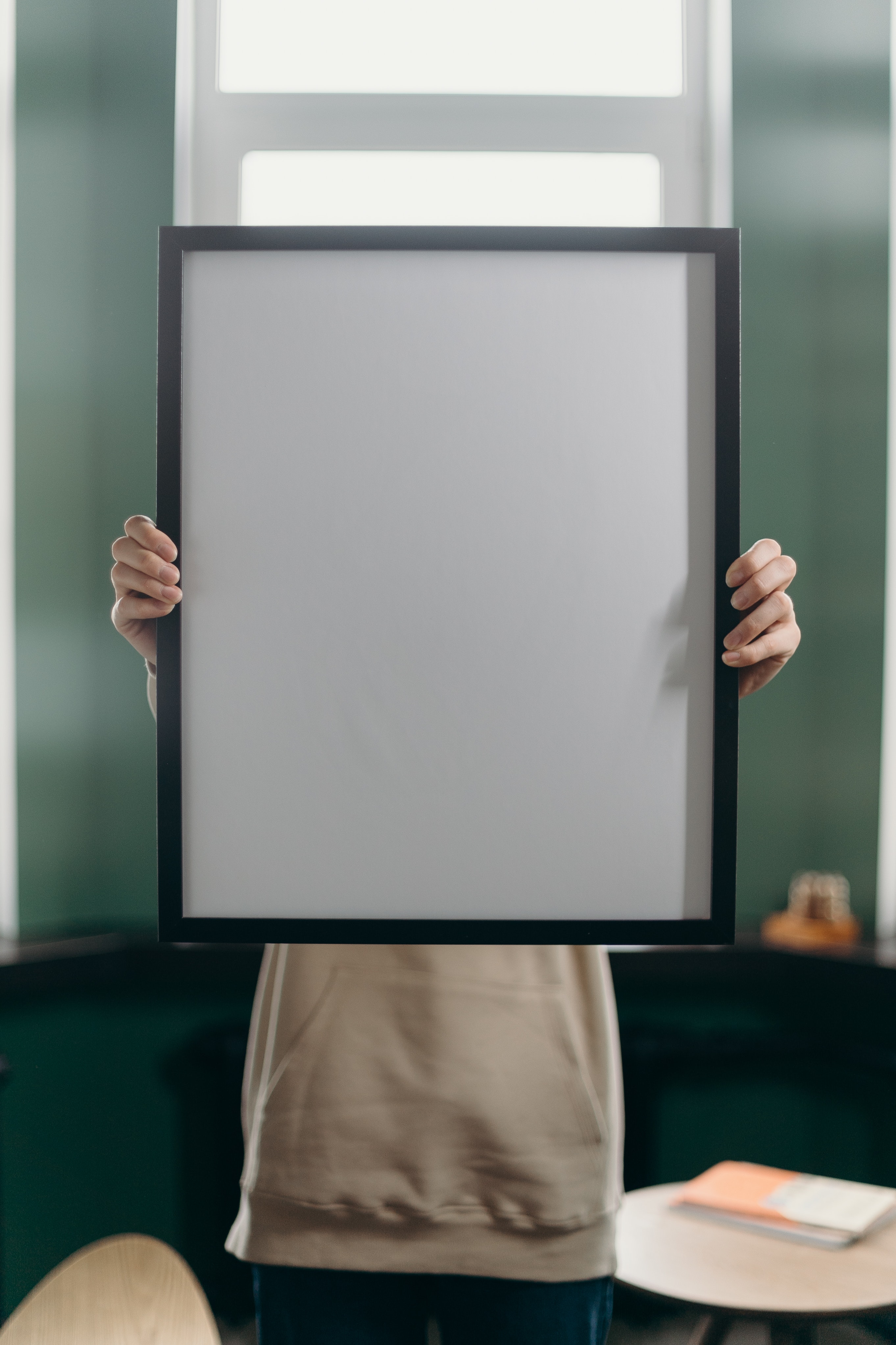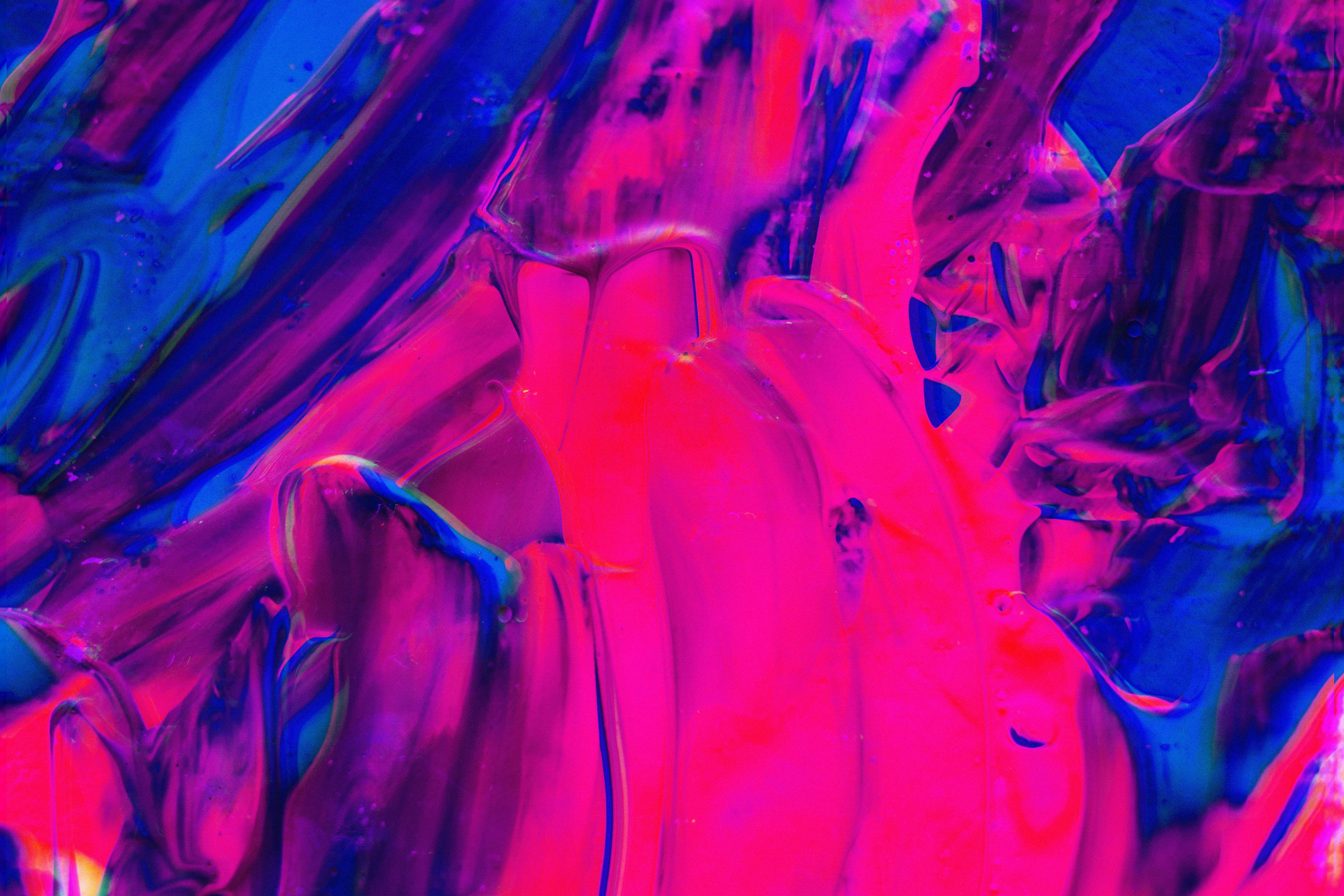
In recent years, technology has become an essential tool for visual artists. From digital painting to 3D modeling, technology has opened up a world of possibilities for creatives looking to explore new mediums or enhance their traditional techniques. However, with so many options available, it can be overwhelming for beginners to know where to start.
If you’re a visual artist looking to explore the world of technology, you’re in the right place. Technology has changed the way we create and experience art, and it’s important for artists to stay up-to-date with these advancements. Whether you’re interested in digital art, photography, or graphic design, incorporating technology into your creative process can open up new possibilities and take your work to the next level.
In this beginner’s guide, we’ll cover some key basics of technology and how they relate to the visual arts. From hardware like tablets and cameras to software like Photoshop and Illustrator, we’ll explore how artists can use these tools to enhance their work.
Online Portfolio Building: Showcasing Your Art Digitally
As a visual artist, having an online portfolio is essential in showcasing your art digitally. With the advancement of technology, it has become easier for artists to create and maintain their own online portfolios. By having an online presence, you are able to reach a wider audience by sharing your work with people from all over the world.
Building an online portfolio allows you to display not only your completed artwork but also works in progress, sketches and behind-the-scenes glimpses into your creative process. This can help potential clients or collectors get a sense of who you are as an artist and what inspires you. Additionally, having an online portfolio makes it easier for people to commission work from you since they can easily see examples of your past projects.
In order to have a successful online portfolio, it is important to have high-quality images of your artwork that accurately represent its colors and details.
Social Media Marketing: Connect With Your Audience Online
Social media marketing has proven to be an effective way for visual artists to connect with their audiences online. With the advancement of technology, it’s now easier than ever for artists to showcase their work and share their creative process in real-time on social media platforms like Instagram and Facebook.
As a visual artist, you can use social media to build your audience by sharing high-quality images of your work, behind-the-scenes videos, and engaging stories about your creative process. You can also use social media to interact with your followers by responding to comments and messages promptly.
By using social media effectively, you can increase your visibility as an artist and get more exposure for your work. So if you’re not already using social media as part of your marketing strategy, now is the time to start!
Virtual Reality Exhibitions: Explore New Ways to Showcase Art
Virtual reality exhibitions are a great way for visual artists to showcase their work in innovative and exciting ways. With the help of technology, artists can transport their audiences into immersive environments that offer a unique perspective on their art. Whether you are an artist looking for new ways to showcase your work or a fan of the arts looking for new experiences, virtual reality exhibitions offer something for everyone.
One of the biggest advantages of virtual reality exhibitions is that it allows artists to push boundaries beyond traditional physical galleries. Artists no longer have to worry about space limitations, transportation difficulties or overhead costs. Instead, they can create digital spaces that allow them to experiment with different mediums and styles. This opens up endless possibilities for creativity and expression.
Another advantage of virtual reality exhibitions is that it offers audiences an opportunity to engage with art in new ways.
Digital Tools for Creation: Enhance Your Creative Process
As a visual artist, you know that creativity is key to your success. However, it can be difficult to keep ideas flowing and maintain focus on your projects. Luckily, technology has introduced several digital tools for creation that can enhance your creative process and make workflow more efficient.
One of the best digital tools for visual artists is graphic design software like Adobe Photoshop or Illustrator. These programs give you access to a variety of features such as brushes, filters, and layers that allow you to create stunning visuals in a matter of minutes. Additionally, there are several apps available for smartphones and tablets that can help with sketching or drawing while on-the-go. There are also some great browser-based tools like Canva, Figma, or Photopea that you can use to get started creating or editing your images online.
E-commerce Integration: Selling Art Directly to Collectors

Visual artists today have more opportunities to reach collectors and sell their work than ever before. With the help of technology, e-commerce platforms offer artists an easy way to sell their art directly to collectors, bypassing traditional channels like galleries and auction houses. This integration has created a new era for visual art sales that benefits both the artist and collector.
E-commerce platforms have opened up new possibilities for artists by providing them with a global audience that they may not have otherwise had access to. Artists can now showcase their work on online marketplaces like Artsy, Saatchi Art, and Etsy where collectors can easily browse through thousands of pieces at any given time. These platforms also offer innovative features such as virtual exhibitions which provide an immersive viewing experience for collectors.
In addition to offering greater exposure, e-commerce integration has also simplified the selling process for artists.
Conclusion: The Future of Visual Arts with Technology
In conclusion, technology is an ever-growing field that has many applications in the visual arts. With the help of software and hardware, artists can create amazing works of art that are not only visually stunning but also interactive and immersive. Whether you’re a beginner or a professional, incorporating technology into your art can take your work to new heights. So don’t be afraid to experiment and explore all the possibilities that technology has to offer. Start by familiarizing yourself with the various tools available and see how they can enhance your artistic vision. With time, practice, and dedication, you too can become a master at blending technology and the visual arts.


